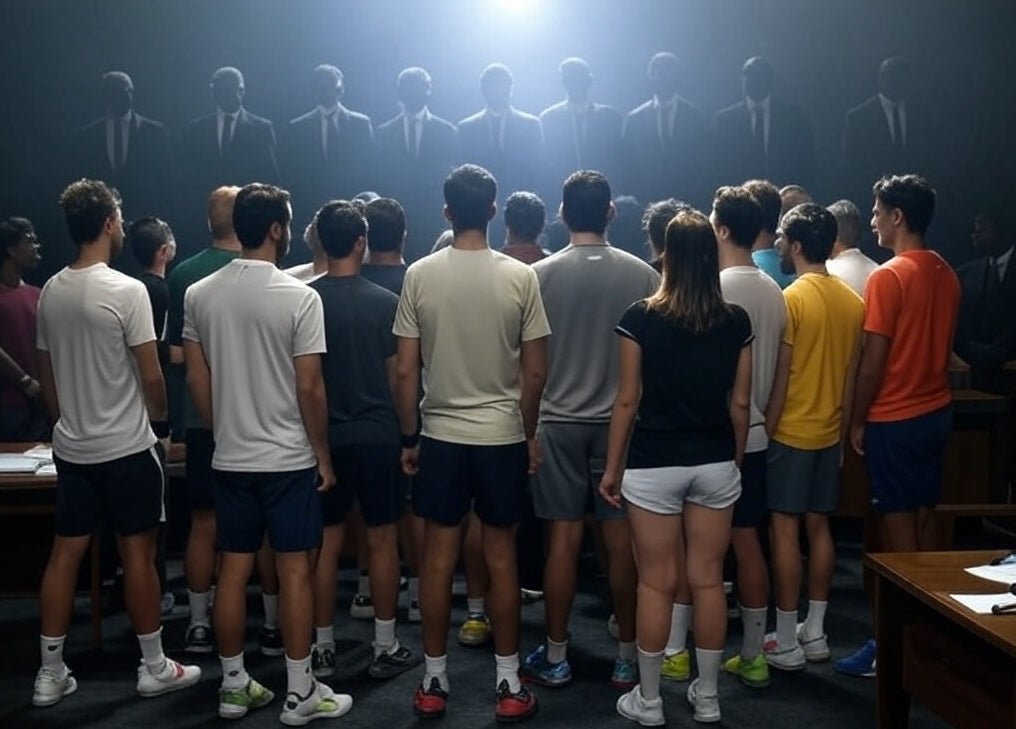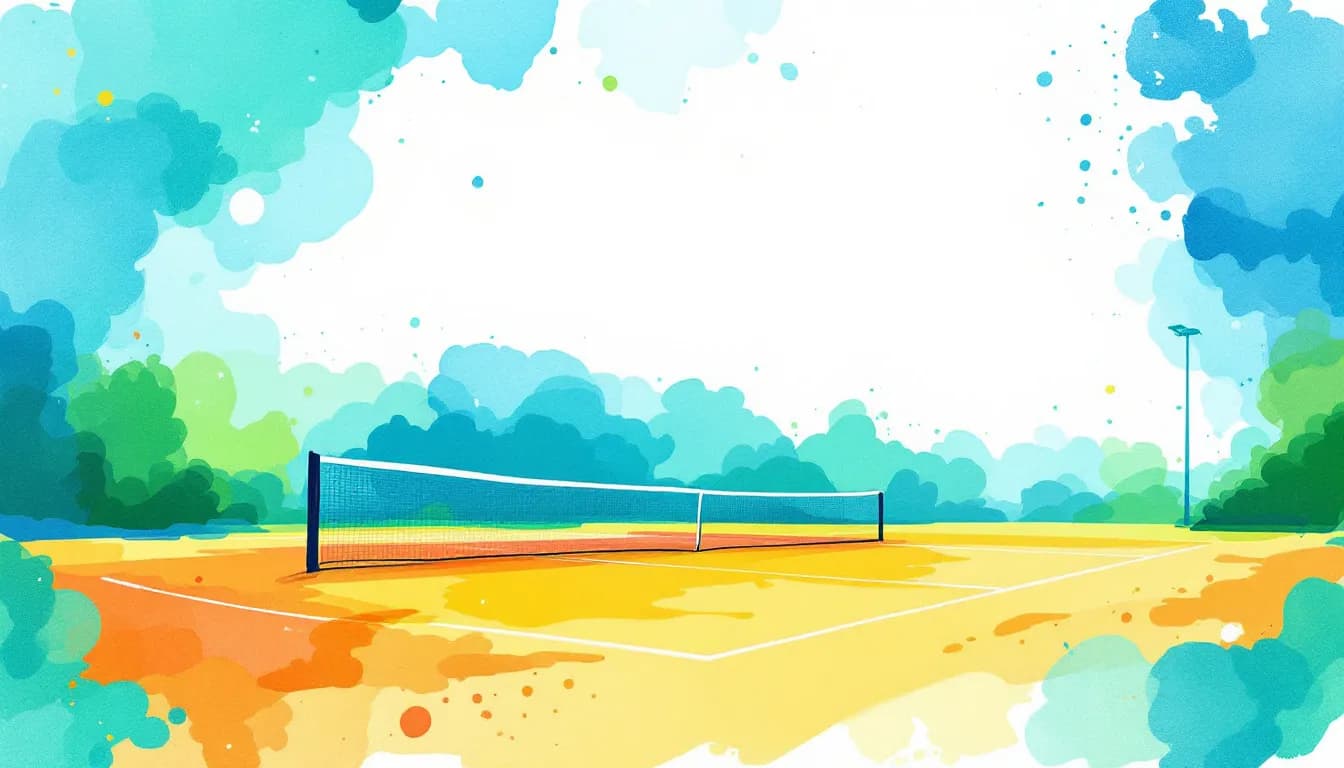Tennis, a sport celebrated for its grace and athleticism, is facing a reckoning. On March 18, 2025, the Professional Tennis Players Association (PTPA), backed by over 250 top men’s and women’s players—including a majority of the Top 20—launched a series of lawsuits against the sport’s governing bodies: the ATP, WTA, ITF, and ITIA. Filed in the U.S., UK, and EU with the support of renowned law firm Weil, Gotshal & Manges LLP, these legal actions pull back the curtain on decades of alleged systemic abuse, anti-competitive practices, and exploitation that have left players overworked, underpaid, and silenced.
For years, the PTPA has pushed for reform through dialogue, but according to Executive Director Ahmad Nassar, those efforts have been met with resistance. “Tennis is broken,” Nassar stated plainly. “Players are trapped in an unfair system that exploits their talent, suppresses their earnings, and jeopardizes their health and safety. Fixing these systemic failures isn’t about disrupting tennis—it’s about saving it.”
Collusion and Control: How Tennis Bodies Rig the Game
The lawsuits paint a damning picture of the ATP, WTA, ITF, and ITIA, accusing them of operating as a cartel that prioritizes profit over fairness. Among the allegations are claims of collusion to suppress competition between tournaments, artificially capping prize money, and enforcing a rigid system of ranking points that dictates where and when players compete. This setup, the PTPA argues, ensures the governing bodies maintain monopolistic control while players bear the brunt of an unsustainable system.
Take prize money, for example. Despite tennis’ global popularity—over two billion people tuned in last year—the sport’s top athletes earn far less than their counterparts in golf, basketball, or football, where revenue shares range from 35-50%. In tennis, players receive just 17%. The 2024 U.S. Open reportedly made $12.8 million from a single specialty cocktail—more than it paid both singles champions combined. The lawsuits allege that tournament owners’ requests to increase prize money are routinely rejected, keeping the system tilted in favor of the governing bodies.
Grueling Schedules: The Toll on Players’ Health
The physical and mental toll on players is another focal point. The professional tennis season spans 11 months, leaving little time for rest or recovery. Players must fund their own travel across six continents, often sacrificing family time or risking injury to maintain their rankings and livelihoods. Last year alone, players faced 100-degree heat, matches ending at 3 AM, and a revolving door of tennis balls that have led to chronic injuries. In Miami, one player collapsed on court due to extreme conditions, spent a night in the hospital, and was still forced to retire from the match.
“It’s not just about money—it’s about fairness, safety, and basic human dignity,” said Vasek Pospisil, PTPA Co-Founder and a pro player himself. “No other major sport treats its athletes this way.”
Silenced Voices: Privacy Violations and Exploitation
Beyond the grueling schedule, players face invasive privacy violations and financial exploitation. The lawsuits claim the ITIA conducts random middle-of-the-night drug tests, confiscates phones without consent, and suspends players without due process. Meanwhile, players are forced to sign over their name, image, and likeness rights for free, allowing the governing bodies to profit while restricting independent sponsorship opportunities.
WTA player Sorana Cirstea echoed the frustration felt across the tours. “The current conditions—demanding schedules, financial uncertainty, and inadequate support—are unsustainable,” she said. “Legal action is not a first choice, but at this stage, it is necessary to force accountability.”
Players Unite: A Push for Fairness and Reform
The PTPA’s legal push has rallied overwhelming support from players, including most of the men’s and women’s Top 20. After years of voicing concerns and receiving what Cirstea called “empty promises,” the consensus is clear: change can’t wait. The lawsuits aim to dismantle the current power structure and replace it with a transparent system that prioritizes player rights, health, and safety—standards already in place in other major sports.
Weil’s litigation team, led by Drew Tulumello and Jim Quinn, brings decades of experience advocating for athletes. “Professional tennis players face some of the most troubling conditions that I have ever seen,” Quinn said. “The sport is in desperate need of transformation.”
A New Era? The Fight for Tennis’ Future
This is a defining moment for tennis. The PTPA isn’t just fighting for today’s players but for the generations to come. As Nassar put it, the goal is a sport that operates with “fairness and integrity” for all stakeholders—players, fans, and the game itself. Whether these lawsuits spark the reform tennis so desperately needs remains to be seen, but one thing is certain: the players are done staying quiet.
For more on this developing story, stay tuned to Racquet Point.








Share:
Holbrook Pickleball Paddles: Elevate Your Game with Precision and Power
Robert F. Kennedy Jr. and Novak Djokovic Play Tennis